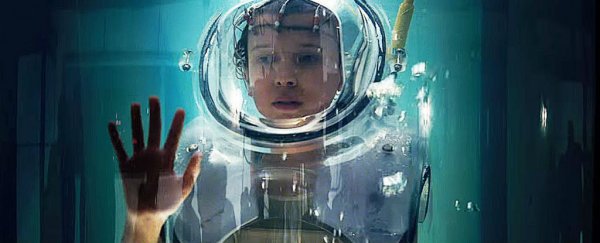If you've seen Netflix's hit show Stranger Things, you know the entire series revolves around a mysterious government facility deep in the woods of a quiet Indiana town called Hawkins.
The Department of Energy, as the show's characters say over and over again, runs that facility: Hawkins National Laboratory.
And while the Energy Department is very real, often secretive, and absolutely performing mind-bending science experiments, the show's creators, the Duffer brothers, drew up a lot of fiction surrounding the $29.7 billion-a-year wing of the US government.
Paul Lester, an Energy Department spokesperson, watched every episode and had a lot to say about it in an official blog post.
"While I really enjoyed Stranger Things as a mashup of Goonies and X-Files with some amazing 80s music mixed in, the show's portrayal of the Energy Department was a little less than accurate," Lester wrote.
Here are five things about Stranger Things the Energy Department wants to clear up:
1. "Hawkins National Laboratory doesn't exist."
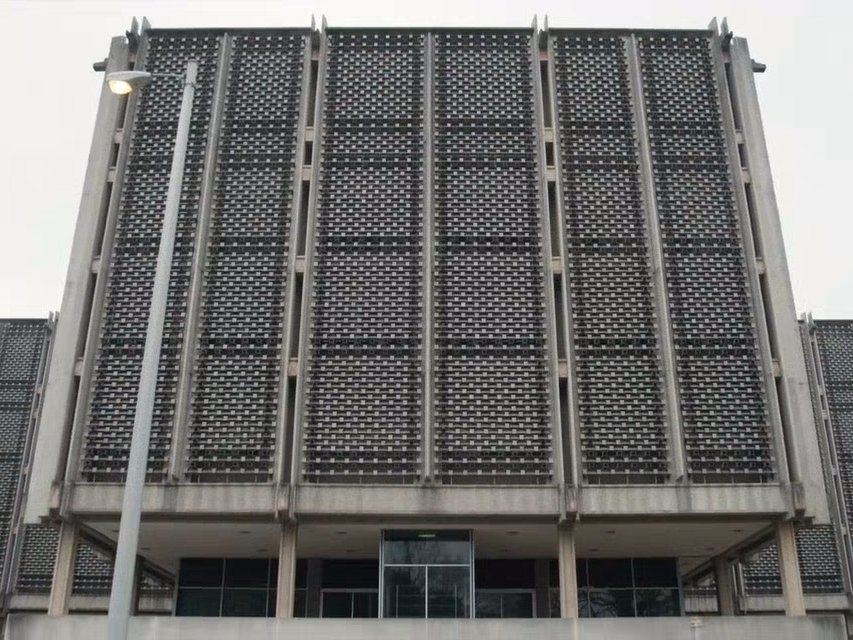 Netflix
Netflix
Don't bother looking for HNL, Stranger Things superfans: not even the town of Hawkins, Indiana, exists - and neither does its evil laboratory.
Just about the only real things are the HNL-branded T-shirts and stickers people are selling online.
"However, one of the National Laboratories has a forest connection! Argonne National Laboratory in Illinois is named after the surrounding Argonne Forest," Lester wrote.
"Established in 1946, Argonne is America's first designated National Lab and was founded to continue Enrico Fermi's work on nuclear reactors. Argonne is now a multidisciplinary science and engineering research center that focuses on important energy, environment, technology, and national security issues."
2. "The Energy Department doesn't explore parallel universes."
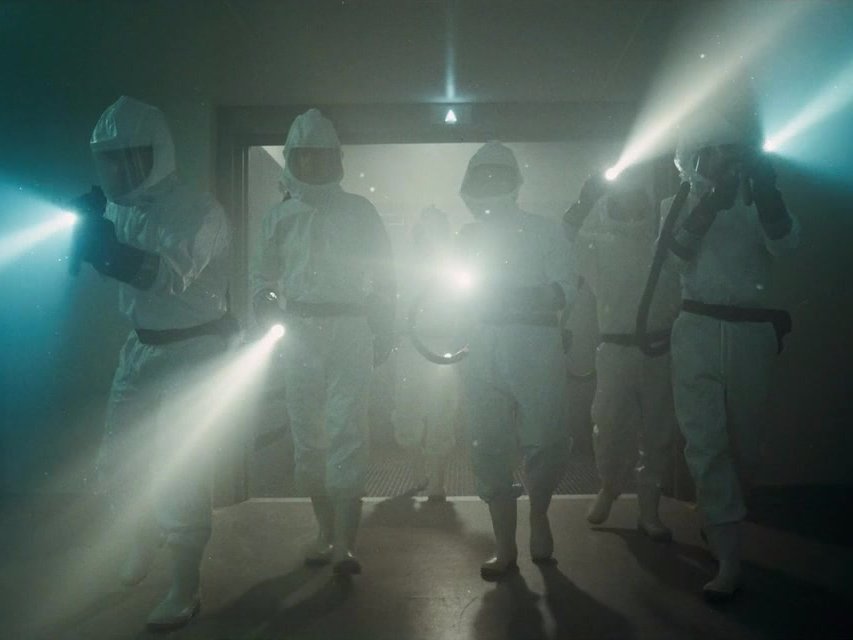 Netflix
Netflix
Where else would a gate to a parallel universe be birthed? Of course it would be at an Energy Department-run lab, which has connections to some of the most powerful machines known to humankind.
Nope. You're better off looking for a dimensional gate near a black hole.
However, Lester points out the Energy Department helps explore the universe we do live in:
"The Energy Department makes nuclear batteries called Multi-Mission Radioisotope Thermoelectric Generators for NASA. These batteries convert heat generated by the decay of plutonium-238 into electric power and were used in deep space missions like the Viking mission to Mars in the 1970s, the Voyager interplanetary space missions, Curiosity Mars Rover, and New Horizons - which flew by Pluto last year."
The Energy Department also throws money behind scientists and their research at the Large Hadron Collider, which is one of the largest and most powerful devices on Earth.
And in some ways, it is exploring an unknown universe - at energies close to the moment the cosmos popped into existence.
3. "The Energy Department doesn't mess with monsters."
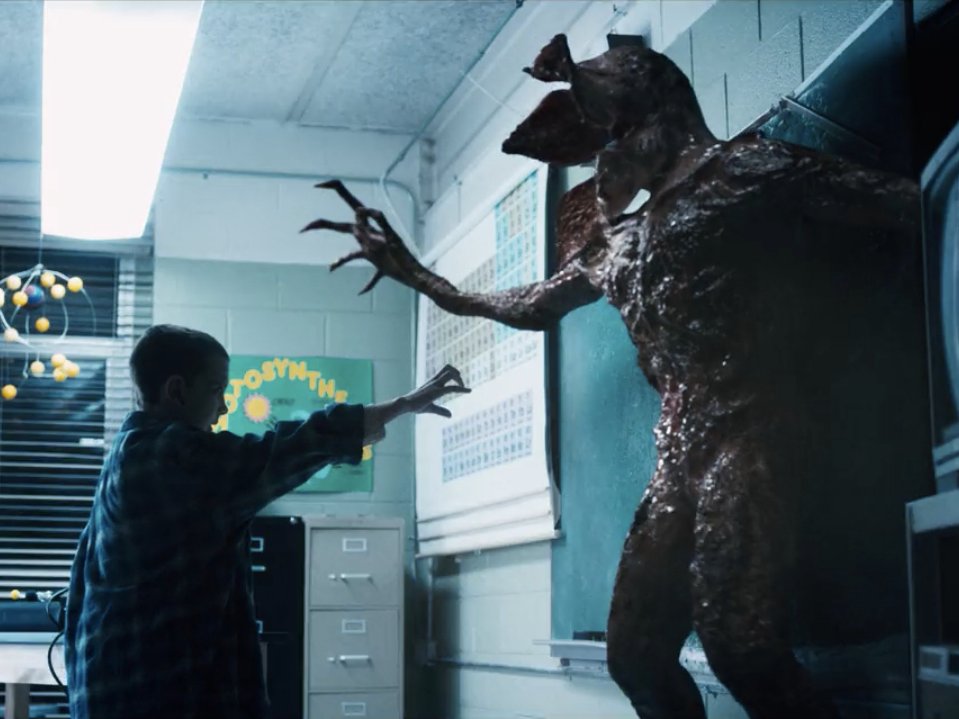 Netflix
Netflix
The ultra-scary Demogorgon monster in Stranger Things is, fortunately, entirely fictitious.
"The Energy Department is in the business of detecting invisible dangers," Lester wrote. "For example, Sandia National Laboratories developed a mobile scanner that can be used in shipping ports around the world to quickly detect radiological materials hidden inside massive cargo containers."
We'd debate the department's "no monsters" claim, though.
After all, the agency oversees about 4,800 nuclear weapons that it designed, built, and maintains through the National Nuclear Security Administration (a division of the DOE).
All of them are frighteningly powerful, and some can unleash more than a megaton of energy in an instant - enough to completely eradicate a huge city like New York, let alone a small (fictional) town like Hawkins, Indiana.
4. "National Laboratory scientists aren't evil - they're actually really nice (and smart)!"
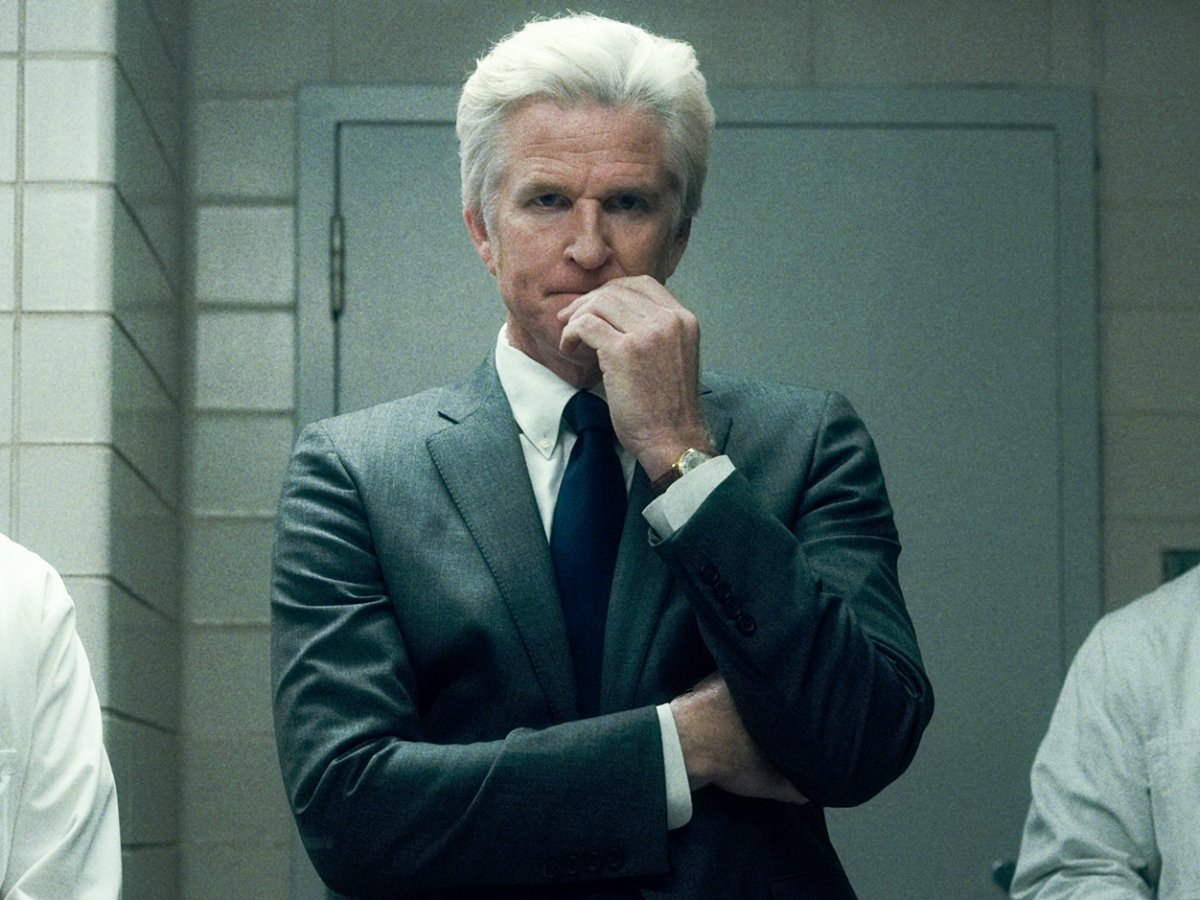 Netflix
Netflix
Lester calls Dr. Martin Brenner, played by actor Matthew Modine, "a sinister scientist whose motives are questionable".
But he notes the double-trope of the character: "Actual National Laboratory scientists are among the brightest people in the world, working hard to solve the nation's toughest energy problems. And not all of them are men!"
5. "Lights aren't powered by monsters or other lifeforms."
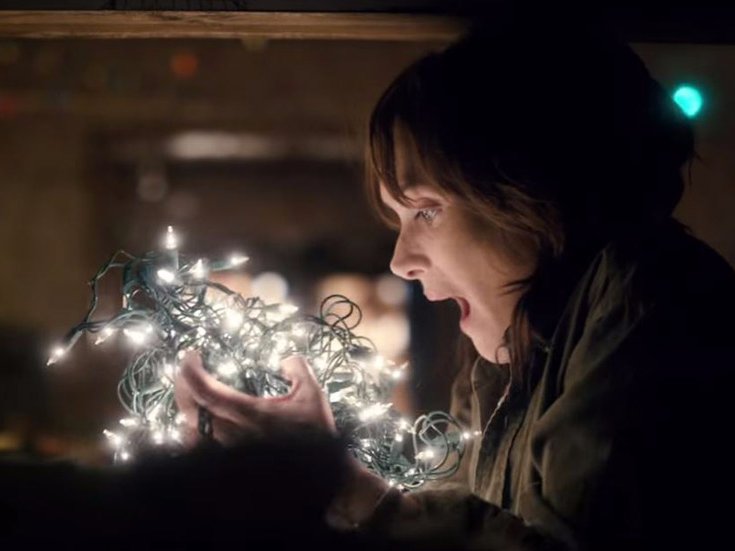 Netflix
Netflix
The Energy Department also took issue with Joyce Byers' obsession with the holiday lights powered by her son.
"Electric current actually powers Christmas lights, not monsters or other lifeforms," Lester wrote. "Christmas light bulbs illuminate when electricity travels through a closed circuit, passing over a filament, causing it to glow brightly."
But we'll mark the overall DOE claim false on a technicality: Lifeforms can and do power lights. Coal, oil, natural gas, biofuel, and other fossil fuels, for example, are made of lifeforms - plants, bacteria, and animals.
But yes, beings who exist in a parallel universe fiddling with a string of light bulbs are almost certainly…
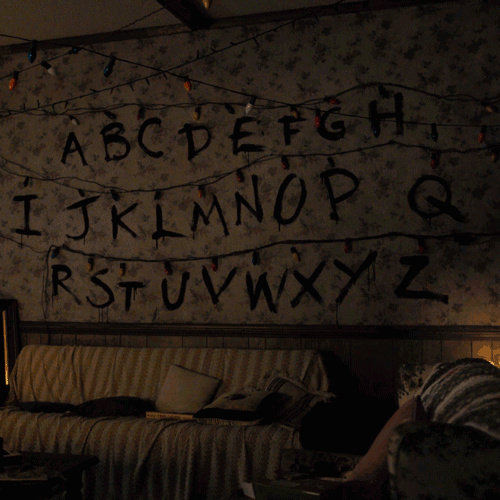
This article was originally published by Business Insider.
More from Business Insider:
